
George Smith Patton Jr. was a general in the United States Army who commanded the Seventh Army in the Mediterranean Theater of World War II, and the Third Army in France and Germany after the Allied invasion of Normandy in June 1944.
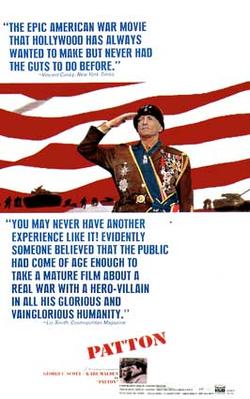
Patton is a 1970 American epic biographical war film about U.S. General George S. Patton during World War II. It stars George C. Scott as Patton and Karl Malden as General Omar Bradley, and was directed by Franklin J. Schaffner from a script by Francis Ford Coppola and Edmund H. North, who based their screenplay on Patton: Ordeal and Triumph by Ladislas Farago and Bradley's memoir, A Soldier's Story.

Omar Nelson Bradley was a senior officer of the United States Army during and after World War II, rising to the rank of General of the Army. He was the first chairman of the Joint Chiefs of Staff and oversaw the U.S. military's policy-making in the Korean War.

The Fifteenth United States Army, commonly known as Fifteenth Army, was a field army of the United States in the European Theater of World War II. It was the last United States field army to see service in northwestern Europe during the war and was commanded by General George S. Patton until his death in December 1945. The Fifteenth Army served two separate missions while assigned to the area. During the later stages of the war its mission was the training and rehabilitation of units and acting as a defensive line against counterattacks. After World War II its mission was to carry out occupation duties and to gather historical information related to the European Theater of Operations. Fifteenth Army was inactivated at Bad Nauheim, Germany, in 1946.

General Walter Bedell "Beetle" Smith was a senior officer of the United States Army who served as General Dwight D. Eisenhower's chief of staff at Allied Forces Headquarters (AFHQ) during the Tunisia Campaign and the Allied invasion of Italy in 1943, during World War II. He was Eisenhower's chief of staff at the Supreme Headquarters Allied Expeditionary Force (SHAEF) in the campaign in Western Europe from 1944 to 1945.

Lieutenant General Lloyd Ralston Fredendall was a general officer of the United States Army who served during World War II. He is best known for his leadership failure during the Battle of Kasserine Pass, leading to one of America's worst defeats of World War II, for which he was relieved of his command.
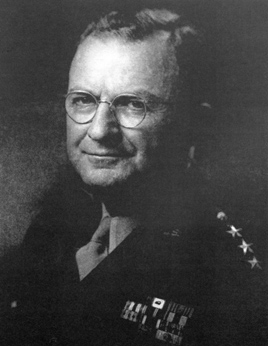
Lieutenant General Troy Houston Middleton was a distinguished educator and senior officer of the United States Army who served as a corps commander in the European Theatre during World War II and later as president of Louisiana State University (LSU).

Richard Allen Dysart was an American actor. He is best known for his role as senior partner Leland McKenzie in the television series L.A. Law (1986–1994), for which he won a 1992 Primetime Emmy Award as Outstanding Supporting Actor in a Drama Series after four consecutive nominations. In film, he held supporting roles in The Hospital (1971), Being There (1979), The Thing (1982), Mask (1985), Pale Rider (1985) and Wall Street (1987).
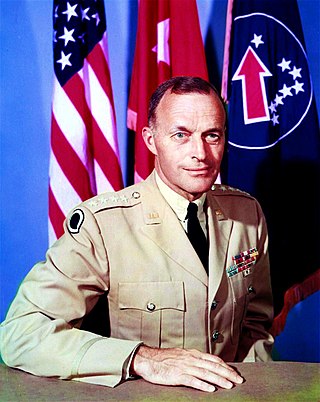
John Knight Waters was a United States Army four-star general who served as commander, U.S. Army, Pacific from 1964 to 1966. He was also the son-in-law of General George S. Patton. During World War II, he was taken prisoner while fighting in Tunisia in 1943, leading Patton to set up the controversial Task Force Baum to break him out.

West Point Cemetery is a historic cemetery on the grounds of the United States Military Academy in West Point, New York. It overlooks the Hudson River, and served as a burial ground for Continental Army soldiers during the American Revolutionary War, and for early West Point residents prior to its designation as a military cemetery in 1817.
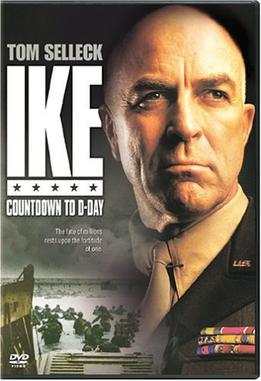
Ike: Countdown to D-Day is a 2004 American made-for-television historical war drama film originally aired on the American television channel A&E, directed by Robert Harmon and written by Lionel Chetwynd. Countdown to D-Day was filmed entirely in New Zealand with the roles of British characters played by New Zealanders; the American roles were played by Americans.

Lieutenant General Hobart Raymond Gay, nicknamed "Hap", was a United States Army officer who served in numerous conflicts, including World War II, where he worked closely alongside General George S. Patton, and later in the Korean War, where he commanded the 1st Cavalry Division.

Fox Conner was a major general of the United States Army. He served as operations officer for the American Expeditionary Forces (AEF) during World War I, and is best remembered as a mentor to the generation of officers who led the army in World War II, particularly as "the man who made Eisenhower".

Gods and Generals is a 2003 American epic war drama film written and directed by Ronald F. Maxwell. It is an adaptation of the 1996 novel of the same name by Jeffrey Shaara and prequel to Maxwell's 1993 film Gettysburg. Most of the film was personally financed by media mogul Ted Turner. The film follows the story of Stonewall Jackson from the beginning of the American Civil War to his death at the Battle of Chancellorsville.

Lieutenant General Willis Dale Crittenberger was a senior officer of the United States Army. He was a career soldier who served with distinction during the Italian campaign of World War II
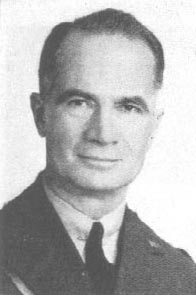
Major General Terry de la Mesa Allen Sr. was a senior United States Army officer who fought in both World War I and World War II. Allen was a decorated World War I veteran, where he commanded an infantry battalion at the relatively young age of 30 in 1918 and was wounded twice, and, after America's entry into World War II in late 1941, he commanded the 1st Infantry Division in North Africa and Sicily from May 1942 until August 1943. He was later selected to lead the 104th Infantry Division as divisional commander, a post he held until the war's end in 1945.
Charles Frederick Humphrey (Jr.) was a career United States Army officer who served for over 40 years during the first half of the 20th century, retiring as a brigadier general in 1940 one year before the entry of the United States of America into World War II.

In early August 1943, Lieutenant General George S. Patton slapped two United States Army soldiers under his command during the Sicily Campaign of World War II. Patton's hard-driving personality and lack of belief in the medical condition of combat stress reaction, then known as "battle fatigue" or "shell shock", led to the soldiers' becoming the subject of his ire in incidents on August 3 and 10, when Patton struck and berated them after discovering they were patients at evacuation hospitals away from the front lines without apparent physical injuries.

Major General Ernest Joseph "Mike" Dawley was a senior officer of the United States Army, best known during World War II for commanding the VI Corps during Operation Avalanche, the Allied landings at Salerno, Italy, in 1943. After the landings, he was relieved of his command by Lieutenant General Mark W. Clark, commander of the Fifth Army, and returned to the United States.

Sereno Elmer Brett was a highly decorated brigadier general in the United States Army who fought in both World War I and World War II and played a key, if little recognized today, role in the development of armored warfare along with the creation of the U.S. Interstate Highway. He was also a lifelong friend of U.S. President, and former army colleague, Dwight D. Eisenhower.



















